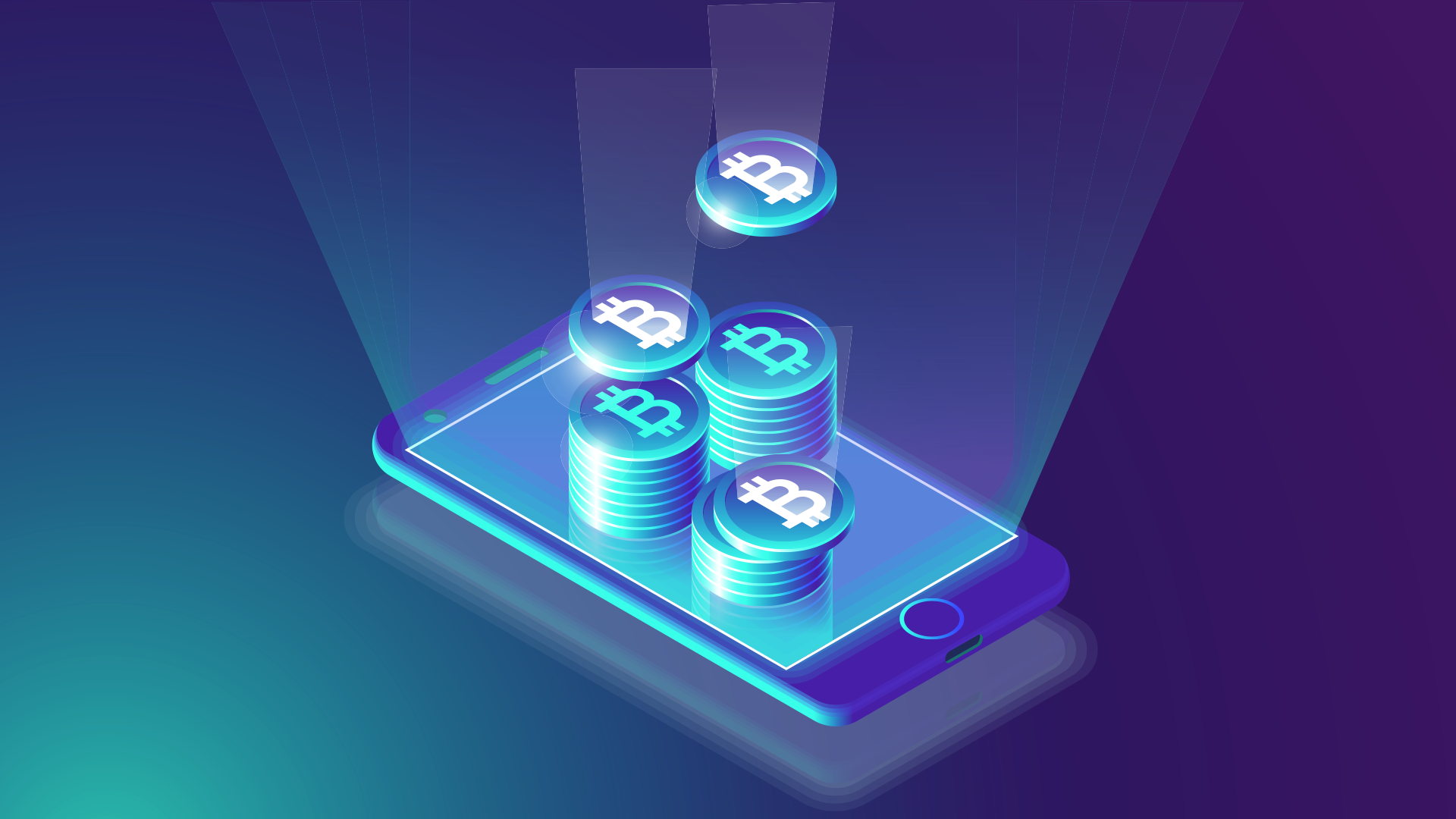The very idea of paying a few cents for online content used to be unthinkable. The cost of the transaction was too high, and the speed of the payment systems was too slow to allow small digital purchases to be a viable option.
However, blockchain technology has transformed that. In the present day, micropayments are changing the way we pay online. These quick, low-cost transactions, usually worth less than $1, are transforming the way we pay on the internet.
Micropayments: The Next Big Thing?
The essence of a micropayment is literally a small payment. Examples include tipping creators $0.25, paying $0.05 to read an article, or contributing $1 to an independent game developer.
In conventional banking, the cost of processing these small amounts would exceed the payments themselves. Blockchain technology eliminates this issue.
Decentralized ledgers enable money to flow directly between the sender and the recipient, with minimum fees. Intermediaries such as banks or card processing services are not needed.
This means that a musician on a streaming service could earn a penny each time their song is played, and a writer could earn a couple of cents each time their book is read, without having to reach payout minimums.
How Blockchain Makes It Work?
These micropayments work via smart contracts, self-executing computerized agreements that are written into the blockchain.
They automatically process transactions once a certain condition is met, such as payment for a downloaded file or a completed service. Everything occurs openly and immediately, so there is less chance of fraud or time wastage.
Minimal transaction costs are also important. In systems such as the Lightning Network of Bitcoin, or the Layer-2 solutions of Ethereum, the fees may be less than a cent.
This implies that even a few cent payments are economical. It is huge compared to the previous card charges, which are usually 2-3% plus a fixed fee.
Real-World Uses and UX Impact
Cryptocurrency users are no longer the only ones requiring micropayments. They are already taking over apps, gaming platforms and news sites.
As an example, a reader would spend a few cents in order to access a paywalled article, compared to paying $10 a month subscription. This pay-per-use approach is transforming access to digital content and liberalizing monetization.
There is also an improvement in the user experience (UX). Instead of complex wallet setups, many apps now integrate web wallets or QR-based payment options. Users are able to transfer micro-sums at a single touch, and back-end systems store all this safely on-chain.
It can be particularly useful in areas that lack credit cards — blockchain-based micropayments will provide individuals with a universal means of carrying out transactions online.
A Small Bet: Gaming With Crypto
The same logic powers blockchain-based games, especially casual ones like dice with crypto. These easy games allow the users to place a bet or win small portions of cryptocurrency instantly.
The micropayment system suits quite well: you can roll, win, or lose small amounts without wasting hours to make a transaction and having to be concerned that the money might be lost to fees.
It is also a practical example of how blockchain technology can simplify small, frequent transactions. The same principle that enables instant tipping, low-cost micro-purchases and fractional payments for online services lies behind the fun of rolling dice. In effect, each roll is a test of blockchain’s effectiveness — a practical demonstration of micropayments in action.
Changing the Creator Economy
For creators, micropayments are additional sources of income. They do not have to solely rely on advertisements or subscriptions, they can make money using micro-support: tips, little unlocks, or pay-per-view events.
Platforms are also testing out crypto wallets which automatically gather and distribute earnings, eliminating complications on both sides, for creators and audiences.
Some news outlets, including CCN.com, have explored blockchain-based models that let readers pay tiny amounts for specific content.
This may include either not seeing advertisements, or purchasing premium content on a per-story basis, no subscription, no information sharing, and only a few cents and immediate access. In the case of an independent media, the practice can generate a consistent revenue without placing the users behind paywalls.
Why Low Fees Matter?
The economics of micropayments is purely based on fees. It is not worth paying $0.10 to transmit a $0.25 transaction.
This is why scalable blockchain networks, such as Solana, Polygon and Lightning, are important. These networks enable small transactions to occur cheaply enough at scale to support millions of micro-interactions a day.
Low fees also help to build trust. Users are more likely to experiment with new payment options if they know the costs will be small and predictable.
Traditional remittance systems and online payments charge 5–10% of the remittance in many developing countries, which makes small transactions unviable. Blockchain technology, however, reverses this trend, enabling individuals to send and receive small amounts at a low cost.
The Road Ahead
The blockchain is still in its early stages when it comes to micropayments. Regulatory clarity, user-friendly interfaces and consistent network performance are still being developed. However, as blockchain platforms develop, low-cost, instant micropayments are becoming more reliable and accessible.
In the future, micropayments could facilitate various social tipping and streaming royalties, as well as Internet of Things (IoT) transactions.
For example, smart cars could automatically pay for parking or tolls in small amounts. The underlying blockchain technology can securely process payments of any size.
Final Thoughts
Micropayments are changing the very nature of how we think about value exchange on the Internet. They allow small contributions to be rewarded, new business models to be made possible, and creators to be directly connected to audiences.
From crypto gaming to digital journalism experiments, the pattern is clear: blockchain is turning cents into opportunities.
As transaction fees fall and payment options grow more seamless, the line between free and paid content may blur completely.
And you could never realize that you are paying a few cents to read, play, or listen, but the other side will. Blockchain micropayments are quick, just, and ultimately possible.


